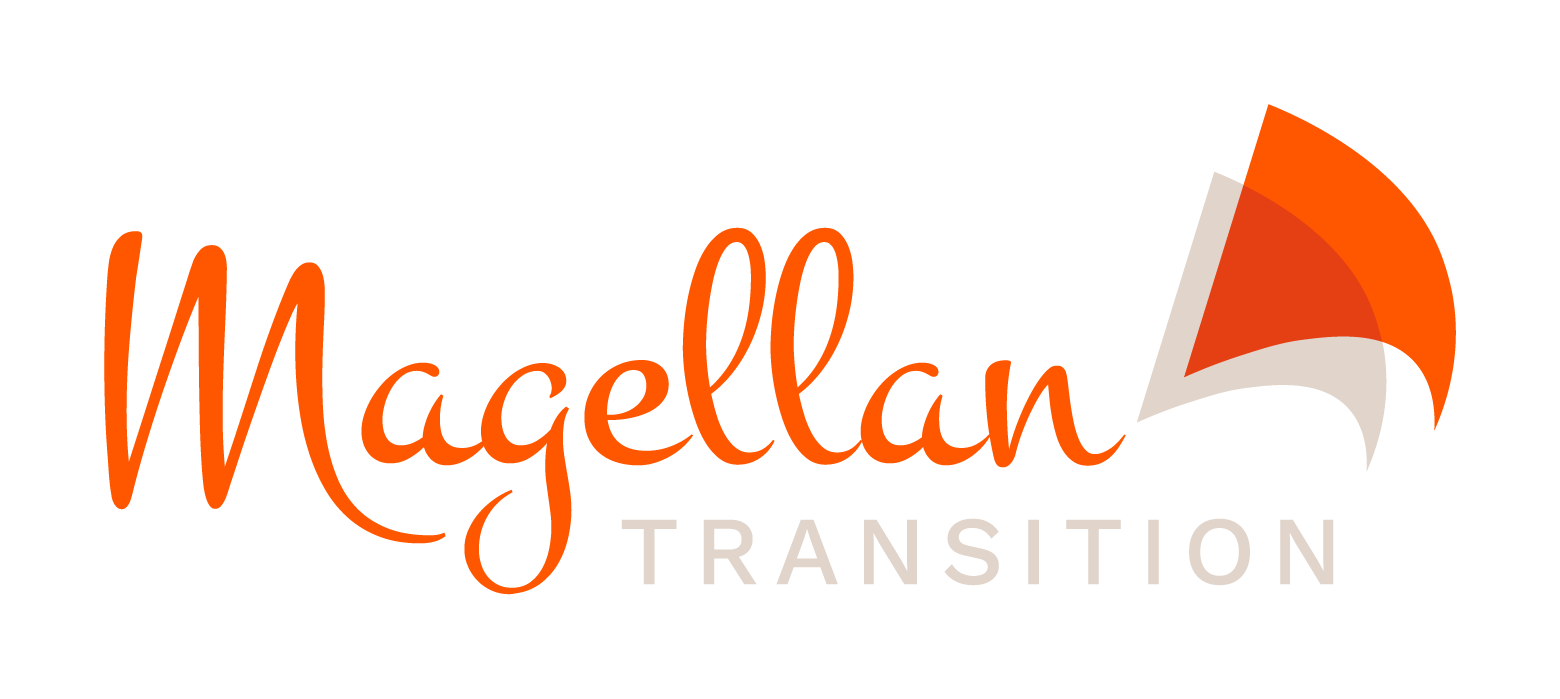How can 1+1 be 3?
Wow, what an experience. We just finished an “in situ” intercultural group coaching. What a joy and pleasure to facilitate in presence with a team.
We embarked several dozen participants – employees and managers – of an international organization in an intercultural journey: deciphering behaviors in another cultural environment, becoming more aware of one’s own feelings and reactions when interacting with another culture as well as enhancing the observation and reflection skills to create more sensemaking and avoid misunderstanding.
Working across cultures, working in diverse teams, is more and more a reality in today’s world. Combine it with working remotely, being geographically dispersed, and some challenges arise at the horizon and may potentially harm team performance!
We often read or hear “Diversity is such a richness, improves innovation and brings creativity to the thinking process”. Indeed diversity (of opinions, perspectives, knowledge, experiences, …) can be a real wealth, especially in projects where innovation and creativity is important. But it can also negatively impact performance if we do think that it will happen overnight.
One participant challenged us with the question: “What’s the difference between culture, multicultural and intercultural?”
Shortly said:
- Culture = 1, i.e. How we do things around here . It encompasses the behaviors, norms and values of a group of people
- Multicultural is like 1+1=2, working – side-by-side – with people of different cultures together in a respectful way.
- Working interculturally is more than that: It’s like 1+1=3. It empowers, inspires, creates something more dynamic. People, based on their cultural frame of reference, interact with another cultural frame of reference, creating a new way of looking at and interacting where both partners feel respected and valued.
Some takeaways from the group:
- The group as a whole came to the conclusion that they operated more in a multicultural dynamic: living and working with the different cultures side-by-side. While missing the opportunity to leverage these differences and co-create an intercultural dimension in their team.
- Some participants – being multi-expatriate themselves – realized that even if they have been exposed to different cultures, they weren’t as culturally aware as they thought.
- Importance of learning to suspend judgment while encountering a different way of thinking, feeling and acting and being curious to empathically meet the other and understand his way of looking at a situation.
One participant summarized the journey as
“Daring to meet myself as a culturally constructed person and understanding that I have been shaped by the different cultural groups I belong to. I feel so much more in peace and humble”
Those “AHA”-moments in intercultural coaching are crucial and prepare the soil for transformation. What can or will “I” as an individual and “We” as a group do differently?
Does this sound a bit like working and living in a world of fairy tales? Intercultural coaching isn’t that at all. It’s creating the conditions while being more culturally aware of addressing challenging topics in a respectful way, whereby all parties feel valued, heard and seen. Daring to be vulnerable, being at ease with the not-knowing, trusting that something more sustainable may arise by interaction and co-creation.
Working in the intercultural dimension with a group or a team, creates the opportunity to address some delicate topics and open up minds for new options.
Are you interested in learning more about how Magellan-Transition can accompany you, your team and your organization in leveraging the cultural differences?
Written by Achille Silué et Florence Roisin-Van Loon

